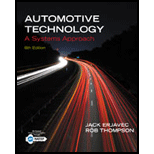
Although computers receive different information from a variety of sensors, the decisions for shifting are actually based on more than the inputs. What are they based on?
The decisions shift or not to shift in the automatic transmission.
Answer to Problem 1RQ
The decisions to shift or not to shift in automatic transmission are based on the shift schedule and logic.
Explanation of Solution
Transmission control module (TCM) is designed or programmed in such a way that it receives signals from sensors, engine related or driver-controlled sensors to control the shift timing, torque converter clutch and shift feel. But the decisions to shift or not to shift is based on the shift schedule and logic. In shift schedule composed of shift points and are precisely selected based on the signals from appropriate sensors. Shift schedule logic select the appropriate gear. Other inputs TCM used to control shift speed are:
Throttle position.
Manifold absolute pressure.
Mass airflow.
Intake air temperature.
Barometric pressure.
Engine coolant temperature.
Crank shaft position.
Want to see more full solutions like this?
Chapter 42 Solutions
Automotive Technology: A Systems Approach (MindTap Course List)
- Explain, with suitable THREE examples, how adaptive control can be applied in monitoring the working conditions of a milling machine with incorporation of sensor technology. (Word limit: ~100)arrow_forwardWheel speed sensors provide different outputs, name the different type of sensors and describe their output.arrow_forwardExplain, with suitable THREE examples, how adaptive control can be applied in monitoring the working conditions of a milling machine with incorporation of sensor technology.arrow_forward
- Explain what a linear movement is. If you have a 6-axis (6-joint robot), how many joints would move in order to complete the linear movement?arrow_forwardWheel speed sensors provide different output, name the different types of sensors and describe their output?arrow_forwardIntro to Machine Analysis Question Identify which variables are the outputs or how they relate to the outputs. Plug in all possible numbers. Assuming link 2 rotates at a constant rate of 180 rpm CW, determine the velocity of link 6 when link 2 makes a 150-degree angle with the ground (measured as a right hand horizontalarrow_forward
- In terms of the CAD and CAM ,computer aided .......and ......are respectively referred toarrow_forwardCan you please explain how to find the velocity using the methods described? And also why it's done that way? This is from Introduction to robotics mecahnics and controls. Please help ;( !arrow_forwardExplain the CAD, CAM & CIM & bring out differences between CAM and CIMarrow_forward
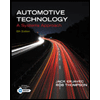 Automotive Technology: A Systems Approach (MindTa...Mechanical EngineeringISBN:9781133612315Author:Jack Erjavec, Rob ThompsonPublisher:Cengage Learning
Automotive Technology: A Systems Approach (MindTa...Mechanical EngineeringISBN:9781133612315Author:Jack Erjavec, Rob ThompsonPublisher:Cengage Learning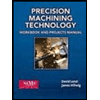 Precision Machining Technology (MindTap Course Li...Mechanical EngineeringISBN:9781285444543Author:Peter J. Hoffman, Eric S. Hopewell, Brian JanesPublisher:Cengage Learning
Precision Machining Technology (MindTap Course Li...Mechanical EngineeringISBN:9781285444543Author:Peter J. Hoffman, Eric S. Hopewell, Brian JanesPublisher:Cengage Learning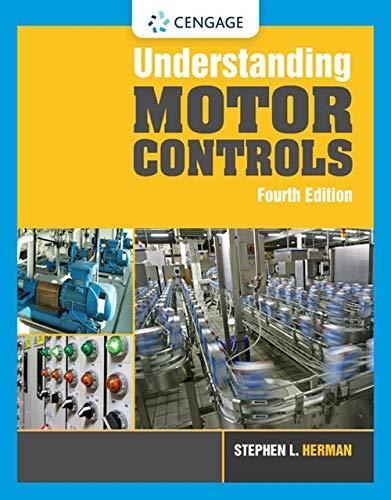 Understanding Motor ControlsMechanical EngineeringISBN:9781337798686Author:Stephen L. HermanPublisher:Delmar Cengage Learning
Understanding Motor ControlsMechanical EngineeringISBN:9781337798686Author:Stephen L. HermanPublisher:Delmar Cengage Learning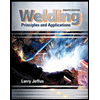 Welding: Principles and Applications (MindTap Cou...Mechanical EngineeringISBN:9781305494695Author:Larry JeffusPublisher:Cengage Learning
Welding: Principles and Applications (MindTap Cou...Mechanical EngineeringISBN:9781305494695Author:Larry JeffusPublisher:Cengage Learning



